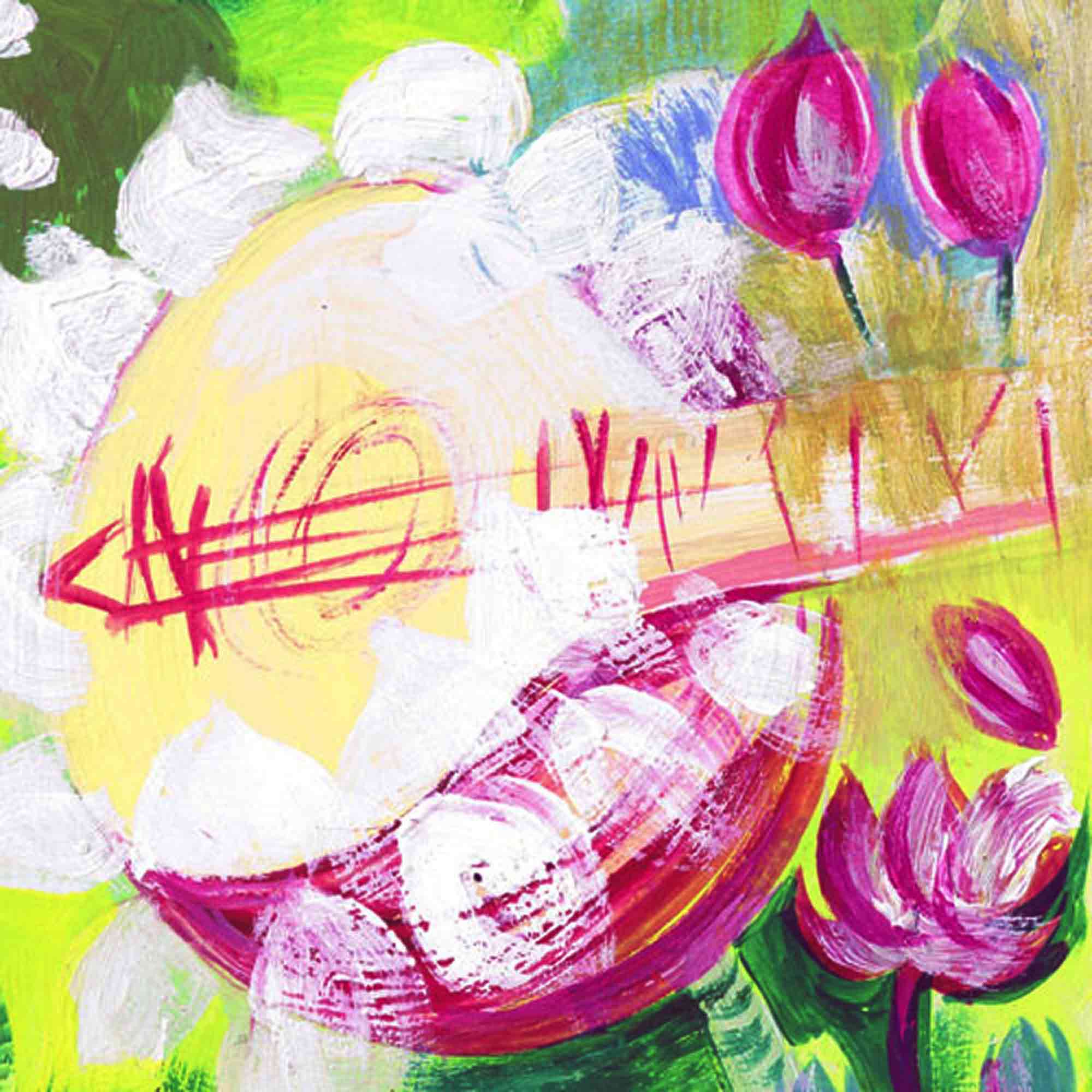
Hawakal Publishers (2023) | ISBN: 978-81-963974-6-3 |
Paperback | Pp 119 | Rs 400
The poems are precariously poised between the past and the present, acceptance and alienation, despair and hope, forgetting and remembering. They salvage unheard voices from non-existence and non-history. | Read the full review by Aparna Singh in Muse India (Issue 113, 2024) >>
The poems map the complex historical, mythical and ideological trajectory of power and powerlessness that is rooted in colonialism, xenophobia and cross-border politics. […]
An immigrant herself, Sengupta’s poetic sensibilities are aligned with the “rights of undocumented migrants” in the Netherlands. In the preface, she talks about her experience of working as a volunteer translator in an organization that worked for the rights of migrants. […]
Conflicts, their ensuing displacement, and loss of moorings can be ravaging, both physically and psychologically. They leave indelible scars. The victims at times don’t have a vocabulary to fall back on while voicing their traumatic experiences. Sengupta’s poems unhinge these fault lines as much as they explore the borders that make and unmake human experiences. […]
The colonial nations may have lapsed into imperial amnesia, but the former colonies cannot. In “Lost Paths”, the speaker fails to “search through the far forgotten time, a home that stood/ next to a river that flew past those verdant fields” as space and time coalesce. […]
Read more about The Crossings by Chaitali Sengupta:
A Powerful Exploration of Migration and Identity
Chaitali Sengupta is an accomplished writer and translator, skilled in crafting fiction, poetry, and non-fiction. As a reviewer and journalist, she garnered recognition for her debut collection of prose poems, “Cross Stitched Words,” which earned the ‘Honorable Mention’ award at the New England Book Festival in 2021. Her expertise in translation is evident in her notable work, “Timeless Tales in Translation,” which received the special jury award at the Panorama International Literature Festival in 2023. With three translation books to her name, Chaitali has been a consistent contributor to both online and print media. Her second book, “The Crossings,” delves into poems centred on themes of war, migration, and survival.





